MARKET OVERVIEW
The Global Electrical Isolators market will glide along newer paths beyond its current confines, entering into a fresh era of market reformation triggered by innovation, altered regulations, and deepening focus on sustainability. This industry, originated in providing safety mechanisms for the electrical system, would not only evolve in terms of product design but in the very roles across different infrastructure along technological networks. Market behavior changes, customer demand patterns, and regional focus will reconceptualize how isolators will be produced, distributed, and used in the future.
Addressing such custom applications will be a challenge for the industry as the world moves into smarter power grids and more resilient energy systems. Future designs of isolators would be expected to do more than separate circuits; they will need to integrate with digital monitoring systems and offer predictive analytics for failure detection. Modification or replacement of conventional isolators may be expected to meet intelligent operational standards. This change would, however, affect not only the specialists but also the systems integrators and energy consultants who would require adapting to new working principles.
This is also another aspect that would influence the path to be taken by the market. In the various regions, the governments would close their borders and set up frameworks where stronger safety standards and eco-friendly processes would be developed. Such a new road would break the neck of a lot of companies to rethink their sources of materials, the time they take to produce something, and how they manage wastage. Noncompliance would not cost only penalty expenses, as some companies would lose even economically vital contracts or lose global trade advantages. This push hence will lead the Global Electrical Isolators market inevitably into a future where environmental compliance will be a strategic asset rather than just a legal requirement.
Another view which would change this industry relates to the developed needs from unconventional sectors. Historically, utility and construction markets have been the strongest in demand. However, there are some newer growing markets like offshore renewable installations, modular data centers, and high-speed transit systems competing to develop requirements that go beyond engineered capabilities of today. These applications will need isolators that are specific to very harsh environments or that have strange load conditions, and so they will generate a new class of very high-performance devices. So, from now onwards, most engineering teams will concentrate on the simulation, stress tests, and material science for meeting these expectations-with little help from the industry-specific consultants.
The regional dynamics will also lend a different direction to the market. While Asia-Pacific has always been viewed as a production hotspot, altering geopolitical relations and variations in trade policies would bring about a shift to diversification. New production centers would emerge in Eastern Europe, South America, or parts of Africa.
Global Electrical Isolators market is estimated to reach $5,845.28 Million by 2032; growing at a CAGR of 5.4% from 2025 to 2032.
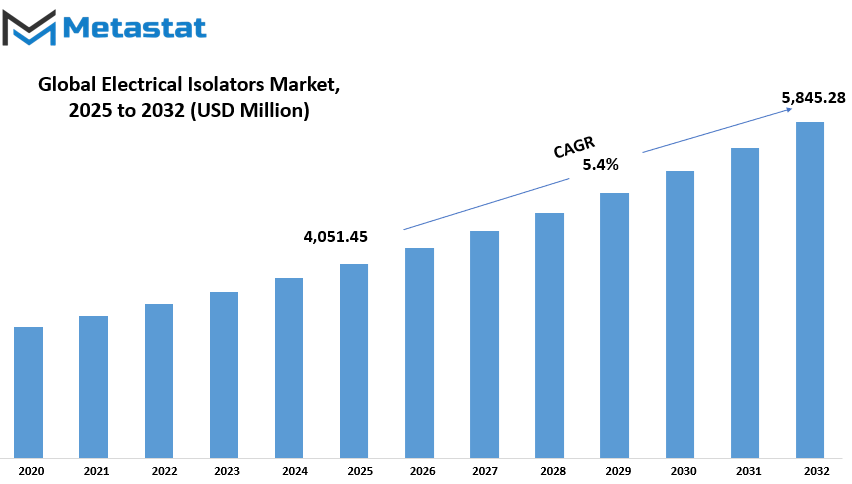
GROWTH FACTORS
The Global Electrical Isolators market is projected to have a steady growth surge upwards due to a couple of major reasons. The first major factor propelling development in this arena is the recognition given to electrical safety regulations. Governments and industries are increasingly becoming aware of the need to protect their workers, equipment, and infrastructure from risks arising from electrical hazards; moreover, there is a great push toward following strict safety guidelines. In order to ensure that circuits can be safely disconnected when maintenance or emergency situations arise, electrical isolators play a vital role thereby minimizing the probability of accidents. This increased attention toward safety is working as a boost in encouraging organizations to invest in trustworthy isolator systems.
Another major factor aiding the rise of dependent electrical isolators is that there is a boom in renewable energy installations nowadays. With many countries and entities turning to solar, wind, and other clean energy alternatives, there must be ever-increasing demand for electrical components that can adequately perform these responsibilities. These electrical isolators help in controlling the flow of electricity and protect some sensitive systems' components; thus, they are quite essential in renewable energy setups. Thus, as the clamor of clean energy increases, so too would the demand for electrical isolators.
The market, however, experiences its own sets of challenges that act as inhibitions. Chiefly, the exorbitant amount involved in installation and maintenance has been limiting its adoption. Setting up electrical isolators- especially for large or complex networks- can be a huge upfront investment. Besides, to maintain the safety and efficiency of the systems, servicing is required on a regular basis, which is an additional expense over the lifetime of these systems. This might scare away potential adopters-costs might hinder swifter adoption by some companies, with small-sized ones standing out.
Integrating electrical isolators with existing systems presents yet another hindrance to the market. Many older buildings with outdated electrical installations were designed without consideration for modern isolators, making installation more complicated. Additional time and resources may be spent modifying the existing infrastructure, further exacerbating adoption delays.
Nonetheless, brighter prospects are expected in the future. Of particular interest is the growing applicability of smart grid infrastructure. With increased modernization and automation of power grids, electrical isolators will find increased applications. Not only will they add a safety layer to the scheme, but they will also set out to enhance the efficiency and reliability of power distribution. For that reason, the transition to smarter energy management systems is set to drive the demand for isolators forward rendering them a key growth area within the market.
MARKET SEGMENTATION
By Type
The global electrical isolators market is growing steadily because of rising demands for such equipment as electrical infrastructures become more reliable. Thus, it becomes significant in power systems in securing both equipment and personnel when parts of a circuit can be disconnected. It provides the highest importance during maintenance or emergency conditions, where systems need to be safely isolated from the power supply. Without these devices, it would be much harder to perform several essential works on power lines, substations, and other equipment without damage or injury.
For instance, the market is further subdivided by type into the following: Single Break Isolator, Double Break Isolator, Pantograph Type Isolator, and Other. Among these, Single Break Isolators are expected to be worth $1,826.89 million. Usually, they are used for low voltage application circuits, where isolation is executed at a single point. Their simple design and effective performance make them popular in most areas. In contrast, Double Break Isolators are empowered to give better protection through the interruption at two points while used in higher voltage systems needing additional safety. Pantograph Type Isolators are commonly used in railways and other specific areas, where vertical motion is required to isolate equipment. The "Other" category is used to denote isolators designed for special applications or infrequently used ones, but very critical for certain applications in various industries.
This type of condition would further increase investment in the market for isolators. The sprawl of cities regarding more houses, factories, and offices will further tax their dependence on continuous electricity supply, and hence, in the future, there will be more such demand. Besides being used in traditional electric grids, even the renewable forms of electricity generation from the sun or the wind utilize isolators for developing and protecting their electrical systems. Given that many nations focus on cleaning sources of energy and also improving their existing power networks, isolators are always bound to be an essential part of the process. Research and development on improving performance, durability, and cost-effectiveness, which most manufacturers would indulge in, can also be stated among the positive drivers for the growth forecast. Therefore, the global electrical isolators market is expected to have a bright future, with gradual growth in all the segments continuously expected.
By Voltage Rating
Prospects for the Global Electrical Isolators Market Envisage Steady Growth across the globe due to increased demand for safe and efficient power distribution facilities, among the various sectors. The electrical isolator is the key to safety while performing maintenance and repair of the electrical system. The work is carried out by disconnecting parts of the circuit, which makes it possible to work without risk of electric shock. The increasing demand for electricity has also increased the importance of reliable isolator systems.
The market is categorized on the basis of voltage ratings, such as Low Voltage Electrical Isolators, Medium Voltage Electrical Isolators, and High Voltage Electrical Isolators. A typical example of low voltage isolators is the one that is commonly used at the residential and commercial building level. Low-voltage isolators are required for the safety of electrical equipment and prevention of electrical fires or accidents. Medium voltage isolators are typically used in industrial applications where the electricity flowing through them is much higher than in homes yet less than power transmission levels. These isolators act towards safety on part of workers and equipment in facilities such as manufacturing plants and large buildings. High voltage isolators, on the other hand, are used mostly in the transmission and distribution of electric power. They are often used in carrying electricity at very high levels and are very significant to huge infrastructure projects like power grids and substations. Because of their critical role, these isolators must demonstrate reliable performance even under very extreme conditions; failure could result in massive power outages and sometimes very serious safety issues.
Thus, the demand for all categories of electrical isolators is likely to grow due to investments made by different countries for revamping their energy infrastructure. Many governments are also attempting to raise the safety standards of electrical systems, which would further propel growth in the market towards its higher side. Another important factor would be that electrical isolators are being memory of increasing value, even as the world acquires a new thrust toward renewable energy sources, be it solar and wind energy. This would mean that in future when an energy system is created, it will feature isolators specially designed to manage energy flow and be protected during maintenance.
The market was supported by technological advances that continued to pour innovations into the field of isolators, making them more efficient and smarter. Manufacturers are busy producing products that are not only capable of better handling the electrical loads but are also durable and perform well in different surrounding environments. Thus, service providers and businesses are increasingly keen on putting up the new improved systems. It can be predicted that further innovative achievements and expansion will come in the Global Electrical Isolators market in every voltage level due to this increase in demand.
By Application
The market for global electrical isolators is picking up at a steady rate owing to the growing demand for electrical isolators across various segments. Electrical isolators are highly valued as they play an important role in safety and maintenance. It is used to disconnect parts from electrical circuits when needed, and this makes it critical for a number of industries as well as applications in everyday life. Lighting is one of the major segments by application. In lighting systems, isolators contribute to the safety of electrical connections used during repair or replacement work. This demand for isolators in this area will continue to grow as cities have more facilities and become common with smart lighting.
Another major segment where stand-alone appliances feature prominently is that appliances such as air conditioners, refrigerators, washing machines and ovens largely depend on electrical isolators for their protection and for their smooth functioning. These isolators will keep the appliance safe against electrical faults and overloads. This is expected to push up demand for electrical isolators in the coming years for this segment as more houses are being fitted with the modern appliances, especially in developing countries, thus providing opportunity for the electrical isolator industry. These enable users to operate and maintain these machines in a safe manner by reducing the possibility of incurring injuries when handling the machines.
Electrical isolators are also seen in many places in factories for prevention of accidents during machine operations. Manufacturing units and large production plants depend mostly on incoming electric systems for smooth work. In such a place, these electrical isolators basically save workers as well as machinery from any accident. As these isolators isolate equipment safely, they allow for power outages during maintenance or electrical failures. This leads to an efficient reduction in accidental risk and quickly restores the productivity of the organization. Increase in automation in various industries coupled with advanced machines is expected to further push the demand for reliable isolators.
The last section is that of others, whose distributions are neither premises lighting, home appliances, or industry applications. Places such as offices, educational institutions, hospitals, and public areas are seen under this category. In these scenarios, of course, electrical isolationists will energize an area in terms of safety and control, mimicking or at least coming close to the advantages found in infrastructures with more complex electrical set-ups. These would help decrease the downtime during maintenance while improving overall safety for the users and the maintenance personnel.
Overall, electrical isolators have a wide range of utilities from everyday life from switching off power while repairing home appliances to keeping industrial machines secure. This has led to an increase in growth in the electrical isolators market. The number of applications and the pivotal role that electrical isolators play in them will only increase as technology moves ahead and electricity pervades modern living even more.
|
Forecast Period |
2025-2032 |
|
Market Size in 2025 |
$4,051.45 million |
|
Market Size by 2032 |
$5,845.28 Million |
|
Growth Rate from 2025 to 2032 |
5.4% |
|
Base Year |
2024 |
|
Regions Covered |
North America, Europe, Asia-Pacific, South America, Middle East & Africa |
REGIONAL ANALYSIS
The geographical divisions into which the market for electrical isolators will be construed are as follows: North America, Europe, Asia-Pacific, South America, and the Middle East & Africa. The first is subdivided further into the United States, Canada, and Mexico. In Europe, there are countries like the United Kingdom, Germany, France, Italy, and the rest are simply referred to as Europe. Asia-Pacific is divided into countries such as India, China, Japan, and South Korea, and these plus some other regions are not mentioned separately in Asia-Pacific. Among South America, we have countries like Brazil, Argentina, and the rest of the countries in the region. Finally, we have Middle East & Africa, which covers the following regions: Gulf Cooperation Council (GCC) countries, Egypt, South Africa, and rest of the Middle East & Africa.
With this geographical classification, it becomes easier to understand how electrical isolators are distributed and marketed around the globe. In fact, North America, with its highly developed infrastructure, plays a major role in propelling the demand for electrical isolators. Europe, too, adds considerably to the global market via its diverse energy needs and technological advancements. China and India are among the rapid industrial growth countries in Asia-Pacific, which therefore shows the demand for electrical isolators to facilitate the proper running of power systems. The region further stands as a major contributor to the market's growth due to its large population and expanding economy.
Market drivers for South America include emerging economies like Brazil and Argentina, whose infrastructure development and industrial activities continue requiring more reliable electrical systems. The region called Middle East & Africa is diverse concerning the status of economy level, but in all, it is an expanding region in energy infrastructures from the GCC countries and South Africa point of view. All business nations are thus important for the global electrical isolator market that is electrical system reliability and energy distribution improvement oriented.
Each of these regions would thus continue to affect the market for electrical isolators. Demand and growth of the market would, however, be determined by issues like industrial growth, technological advancement, and infrastructure development. Regions thus help stakeholders in recognizing the growth opportunities and customizing according to the diverse needs in each region.
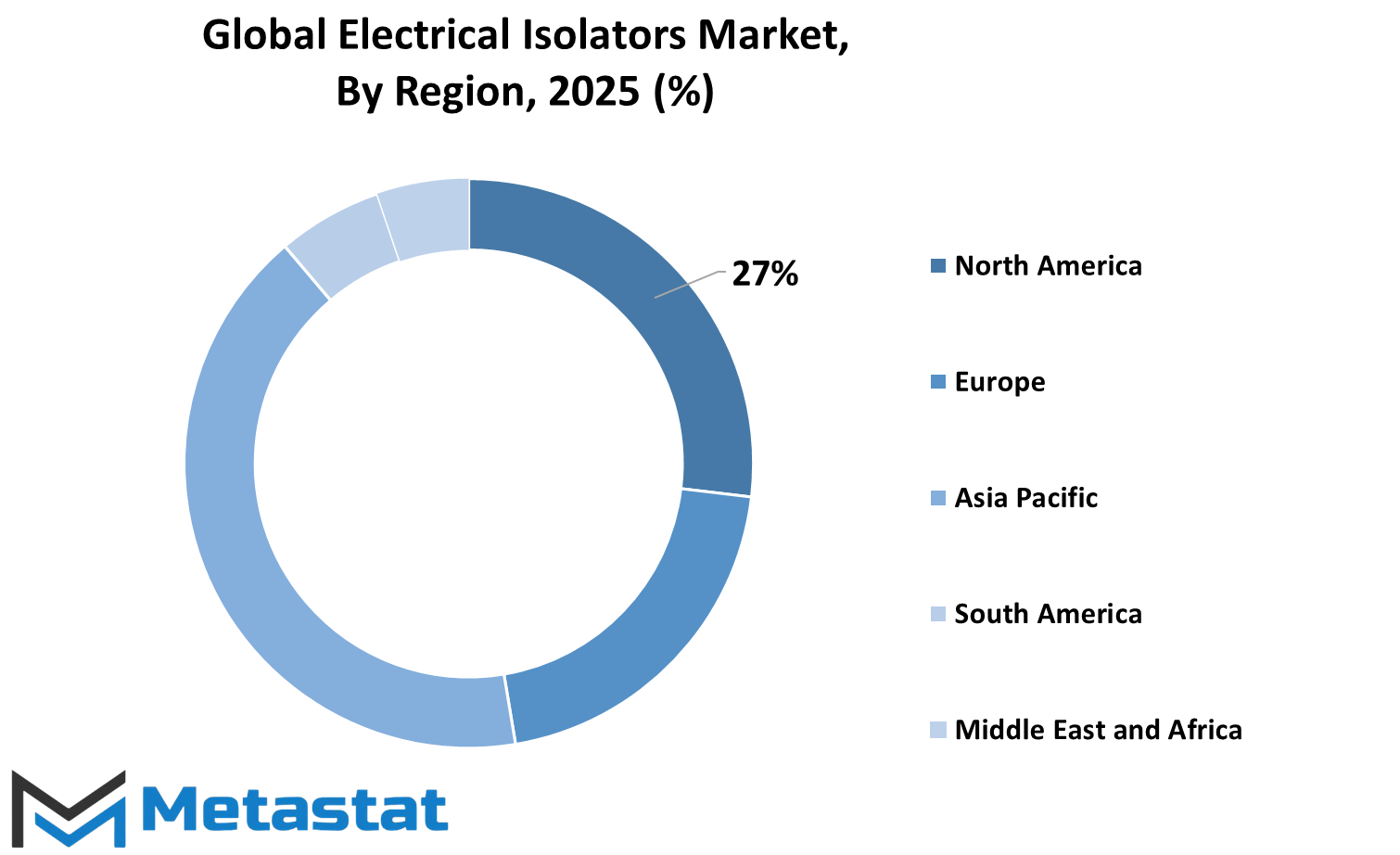
COMPETITIVE PLAYERS
The global electrical isolators market has indeed been a promising marketplace, with many key players from all over the world lending considerable strength to the market. These companies have not just changed the electrical isolators; they have almost constructed the entire power distribution sector. Some of the most dominant companies in this market are ABB Group, Schneider Electric, Siemens AG and Eaton Corporation. All of these leading multinationals have their end in the production of quality electrical isolators which are some of the important components in electrical systems designed to ensure the safe and sound operation as well as maintenance of power networks.
Apart from these leading companies, there are also a few other companies who have been successful in making their presence felt significantly in the modern organized electrical isolators marketplace. Dairyland Electrical Industries and Mitsubishi Electric Corporation are notable for their proven credibility and innovativeness in terms of isolators. Orient Electric and Larsen & Toubro Limited have made significant strides in certain demand-rich geographies for energy infrastructure. Meanwhile, companies like Havells India Limited, Socomec Group and Toshiba Corporation have also emerged as commercial players with a range of options of isolators which cover almost all the possible applications-from residential to industrial areas.
Other companies that still contribute to the coil and relay sector are that of Omniflex, Fuji Electric Co., Ltd., and Kraus & Naimer focusing more on providing the latest solutions and reliable products. Littelfuse, Inc. and Lucy Electric also tend to industrialize the isolation of safety-issue free products. This has covered Mersen EP, Chint Group, and others who have stamped their pride by providing real, long-life, and cost-effective electrical isolators, hence strengthening the industry.
These companies ensure that electrical isolators are available in a variety of specifications, suitable for different voltage levels and applications. They bring continuous innovation and quality assurance to become the most popular provider of isolators in utility companies, industries, and other electricity-consuming sectors. Their contribution adds onto the electrical hazards reduction, protection of equipment, and sustenance of seamless operations in different electrical systems and environments worldwide.
As demand gathers momentum globally for energy and thus requirements for electrical isolators become even more and more stringent, it is more likely to continue this way under the driving force from technology providing a push towards achieving the very special needs of the energy sector in terms of growth dissemination. Companies will certainly be at the forefront in formulating future trends in electrical power distribution design with their advances in technology in the industry.
Electrical Isolators Market Key Segments:
By Type
- Single Break Isolator
- Double Break Isolator
- Pantograph Type Isolator
- Other
By Voltage Rating
- Low Voltage Electrical Isolators
- Medium Voltage Electrical Isolators
- High Voltage Electrical Isolators
By Application
- Lighting
- Home Appliances
- Industrial
- Others
Key Global Electrical Isolators Industry Players
- ABB Group
- Schneider Electric
- Siemens AG
- Eaton Corporation
- Dairyland Electrical Industries
- Mitsubishi Electric Corporation
- Orient Electric
- Larsen & Toubro Limited
- Havells India Limited
- Socomec Group
- Toshiba Corporation
- Omniflex
- Fuji Electric Co., Ltd.
- Kraus & Naimer
- Littelfuse, Inc.
- Lucy Electric
- Mersen EP
- Chint Group
WHAT REPORT PROVIDES
- Full in-depth analysis of the parent Industry
- Important changes in market and its dynamics
- Segmentation details of the market
- Former, on-going, and projected market analysis in terms of volume and value
- Assessment of niche industry developments
- Market share analysis
- Key strategies of major players
- Emerging segments and regional growth potential



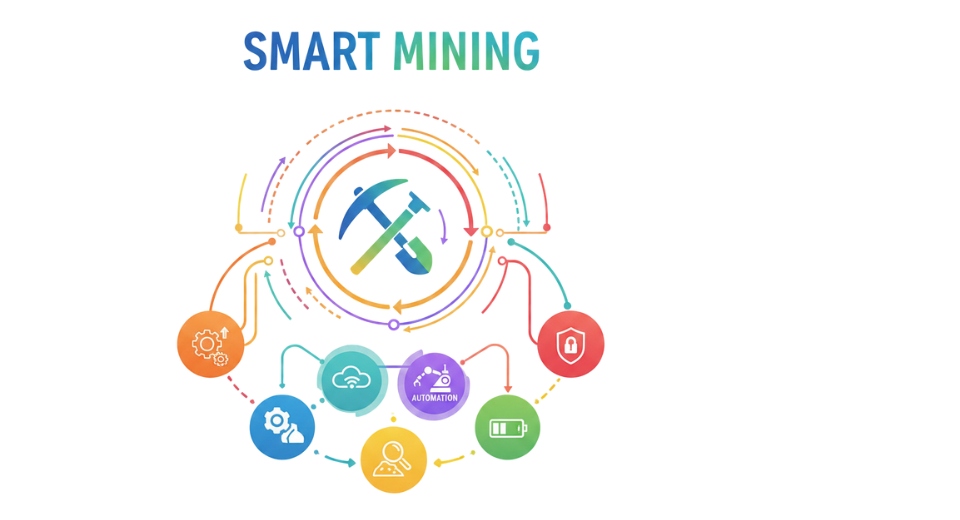
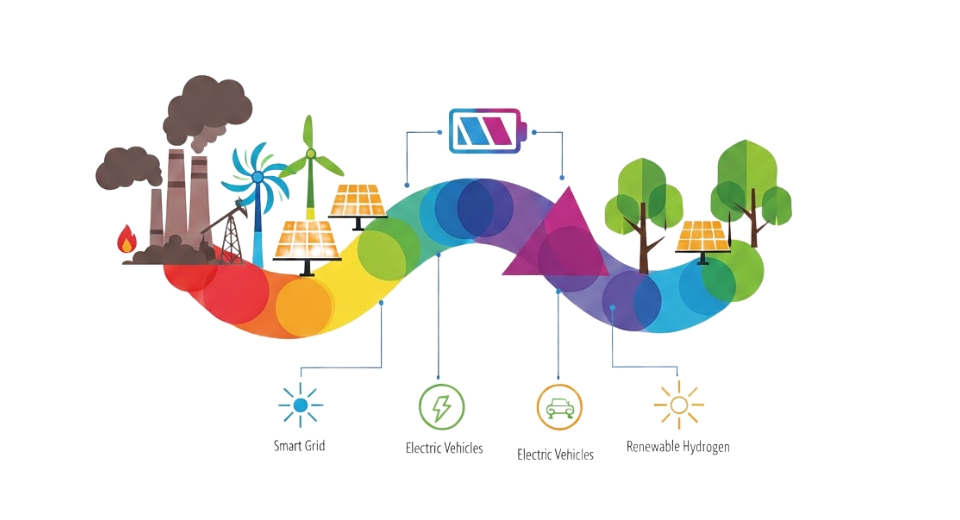
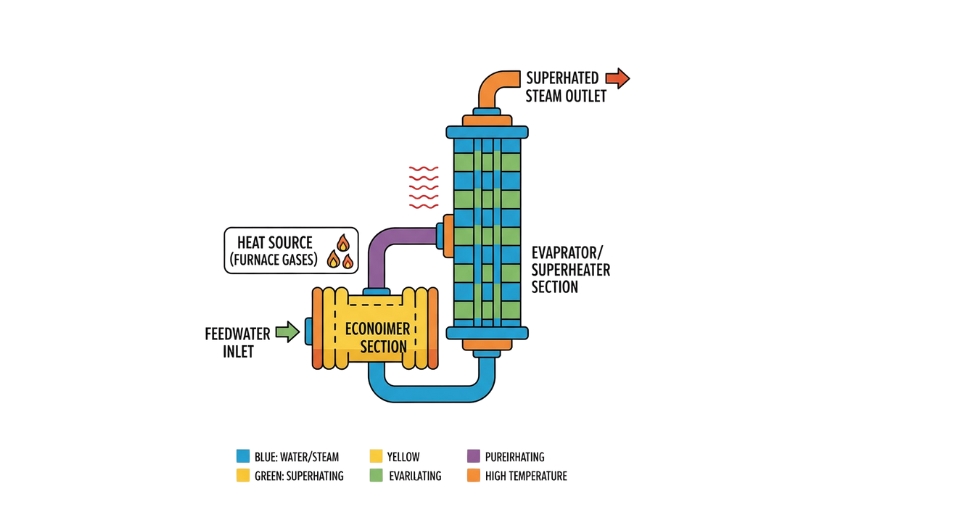
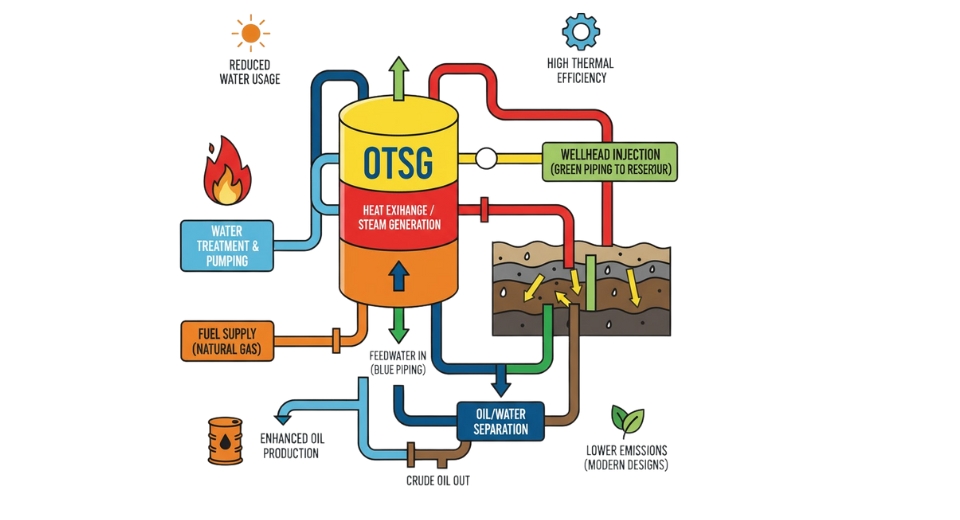

 US: +1 3023308252
US: +1 3023308252






